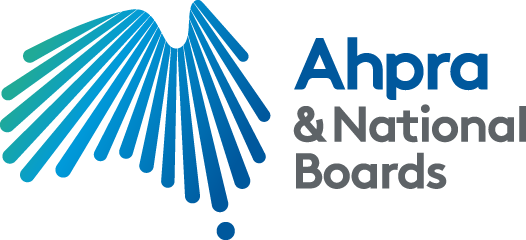Close
Scheduled Maintenance
The Ahpra portal, IQNM Self-check, online ‘Raise a concern’ form, and other online services will be unavailable from 7am to 7:45am AEST Sunday 26 October for some essential updates. We're sorry for the disruption.
National health practitioner boards
Close
Page reviewed
12/11/2020
